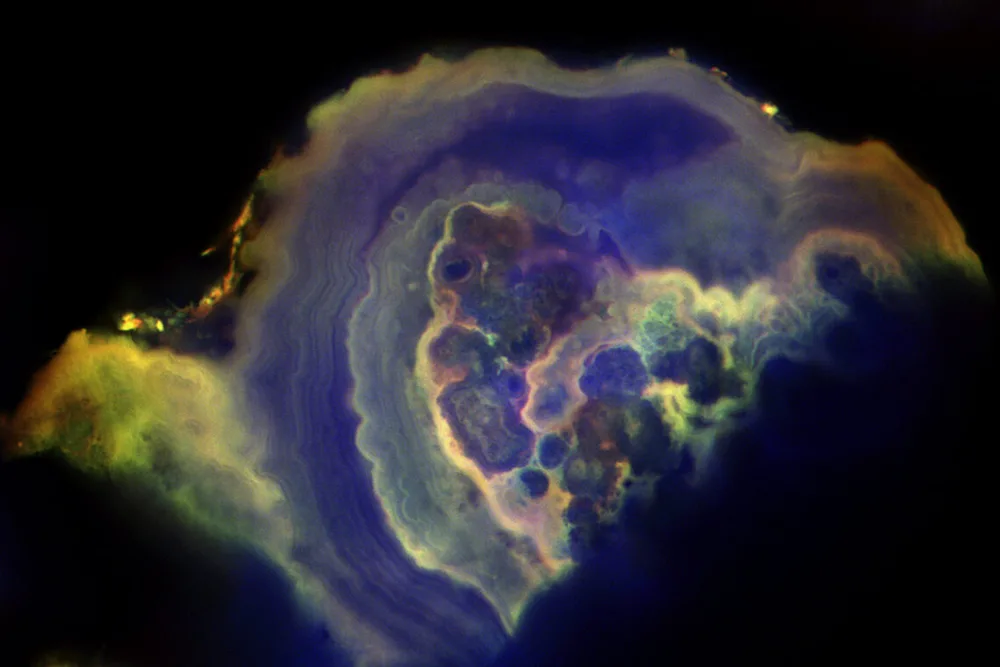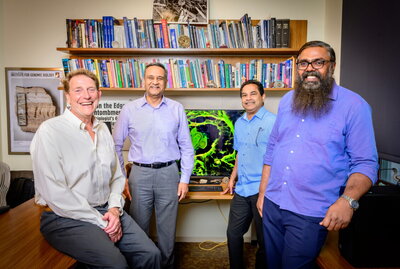

Earth science and environmental change professor Bruce Fouke and his interdisciplinary team at the University of Illinois Urbana-Champaign have pioneered the field of GeoBioMed, a unique integration of geology, biology, and medicine aimed at tackling complex health challenges through a geoscientific lens. This innovative approach, previously applied to kidney stones and cardiac calcifications, is now being used to uncover the hidden histories recorded in breast tissue. In collaboration with the Mayo Clinic and the University of Texas at Austin, Fouke’s group has brought together cutting-edge tools and scientific perspectives to explore the mineralization pathways of benign and cancerous breast calcifications in unprecedented detail.
This latest study marks a major advancement in the field, providing the first comprehensive characterization of how calcium phosphate deposits form in breast tissue. The findings reveal fundamental differences in the structure and development of calcifications linked to benign breast disease (BBD) and ductal carcinoma in situ (DCIS), challenging long-held assumptions and suggesting new diagnostic criteria. By identifying the presence of amorphous calcium phosphate—rather than the previously assumed crystalline hydroxyapatite—the research opens the door to potential non-invasive treatments and fewer unnecessary biopsies. It’s a powerful example of how GeoBioMed can illuminate new paths for both understanding and improving human health.